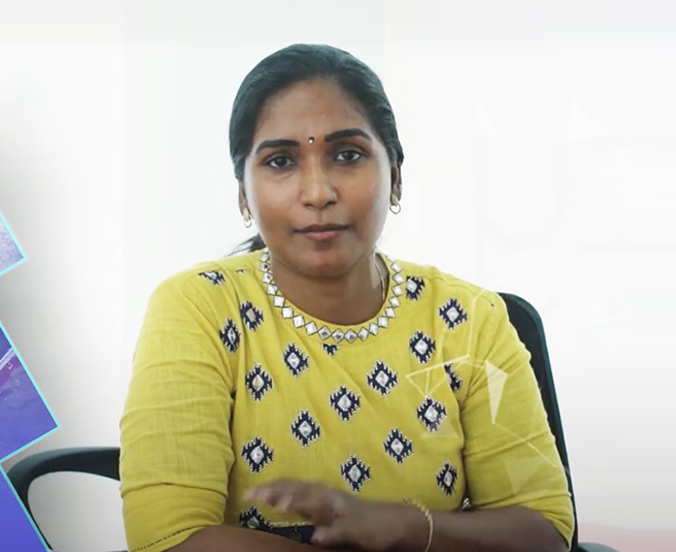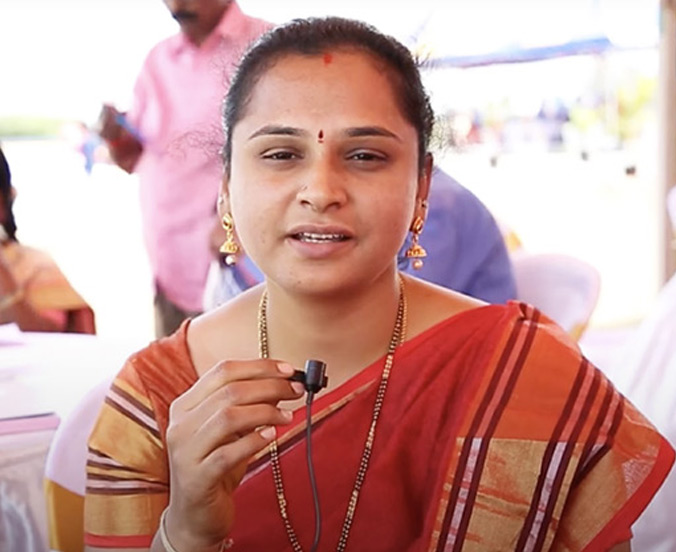In 2024, the environment of real estate heightened its focus on sustainability and eco-conscious development. Both investors and homebuyers are strongly looking for opportunities to be a part of a greener future, along with maximizing returns. Usually, traditional development practices always end up at a cost to the environment by depleting natural resources, which eventually contributes to climate change. However, a new idea and a new vision are born: the concept of prioritizing both sustainability and economic growth on the same scale.
To get to know more about sustainable and eco-conscious developments, we need to understand more about how such sustainable developments take place and the contribution of Strategic joint venture property development, with a specific focus on Chennai.
About joint venture property development
Working together on property development projects through joint ventures is like teaming up for strong success! That’s because when people combine their new ideas, skills and resources systematic growth is easily possible. And there comes Joint ventures – It makes it easier to confirm that our land development projects are good for the environment and for people. It’s all about working together to create a future where sustainable development is just how things are done!
Why Sustainable Investment Practices in Land Development
There are several combined reasons why sustainable investment practices in land development are crucial:
Economic benefits:
- Reduce operating costs: By using less energy and water, Energy-efficient buildings make your monthly bills lower, saving more money in your pocket in the long run. It’s a win-win for tenants, property owners and the planet!
- Attracts investment and tenants: Eco-friendly buildings are attracting investors and tenants who care about the planet. Strongly states that property values and rents are on the growth for these sustainable developments.
- Future-proofing investments: By adopting Sustainable practices, you’re not only staying ahead of stricter environmental rules, but also tapping into the growing demand for eco-friendly solutions.
Social Benefits:
- Create healthier communities: Green spaces and walkable areas are few sustainable features that can improve the overall health and well-being of residents
- Reduces pollution and improves air quality: Energy-efficient Buildings that use less energy and a reduced reliance on polluting vehicles contribute to cleaner air and the environment healthier for everyone
- Enhances community resilience: Sustainable practices can help buildings and cities handle extreme weather from climate change, like super strong storms.
Sustainable Investment Practices in Land Development
Here are some practices for sustainable investment that Joint venture property development include:
Site Selection and Planning:
- Prioritize brownfield redevelopment: Before using undeveloped greenfield areas, take the idea of redeveloping existing underused lands which reduces the unwanted urban expansion and protects natural habitats.
- Conduct thorough environmental impact assessments: Go through possible environmental risks and plan mitigation strategies and evaluate them, That includes measures to preserve water resources and reduce pollution.
- Design for walkability and green spaces: Incorporate network of pedestrian walkways, bicycle paths, and public parks fostering a low-car lifestyle and promotes sustainability by minimizing reliance on fossil fuels.
Building Design and Construction:
- Promote energy-efficient construction: Construct buildings with eco-friendly materials like recycled steel and wood harvested from nearby sources. Incorporate features to reduce energy use, such as advanced windows, roofs designed to reflect heat, and sufficient insulation.
- Invest in renewable energy sources: Consider implementing on-site renewable energy generation technologies such as solar photovoltaic panels, wind turbines, or geothermal systems.
- Optimize water efficiency: For conserving water install rainwater harvesting system, low-flow plumbing fixtures and landscape with drought resistance
Long-Term Management and Operations:
- Obtain green building certifications: work to get certifications like LEED (Leadership in Energy and Environmental Design) to exhibit the development’s commitment towards sustainability.
- Implement a waste management plan: Work on waste management framework which Includes ideas for waste reduction, recycling and composting.
- Prioritize tenant engagement: Promote practices on sustainability between residents or businesses occupying the space, that involves educational and recycling initiatives
Joint Venture Collaboration:
- Establish clear sustainability goals: Both partners in the joint venture should sync on specific sustainability objectives and its success plan.
- Share expertise and resources: If one partner has more experience with sustainable development practices, they can share resources and knowledge between partners.
- Transparent communication: Maintain open communication throughout the development process to make a crystal clear statement that all parties know about efforts and challenges in sustainability.
Conclusion :
By including these practices, strategic joint venture property development can create a positive environmental change along with ensuring a strong financial return on investment. Sustainable developments are becoming strongly attractive to tenants and investors, making them a win-win proposition for all parties involved.
Overall, sustainable investment practices in land development represent a responsible and profitable approach to creating places for people to live, work, and grow. It’s a win for the environment, the economy, and the overall well-being of communities.






